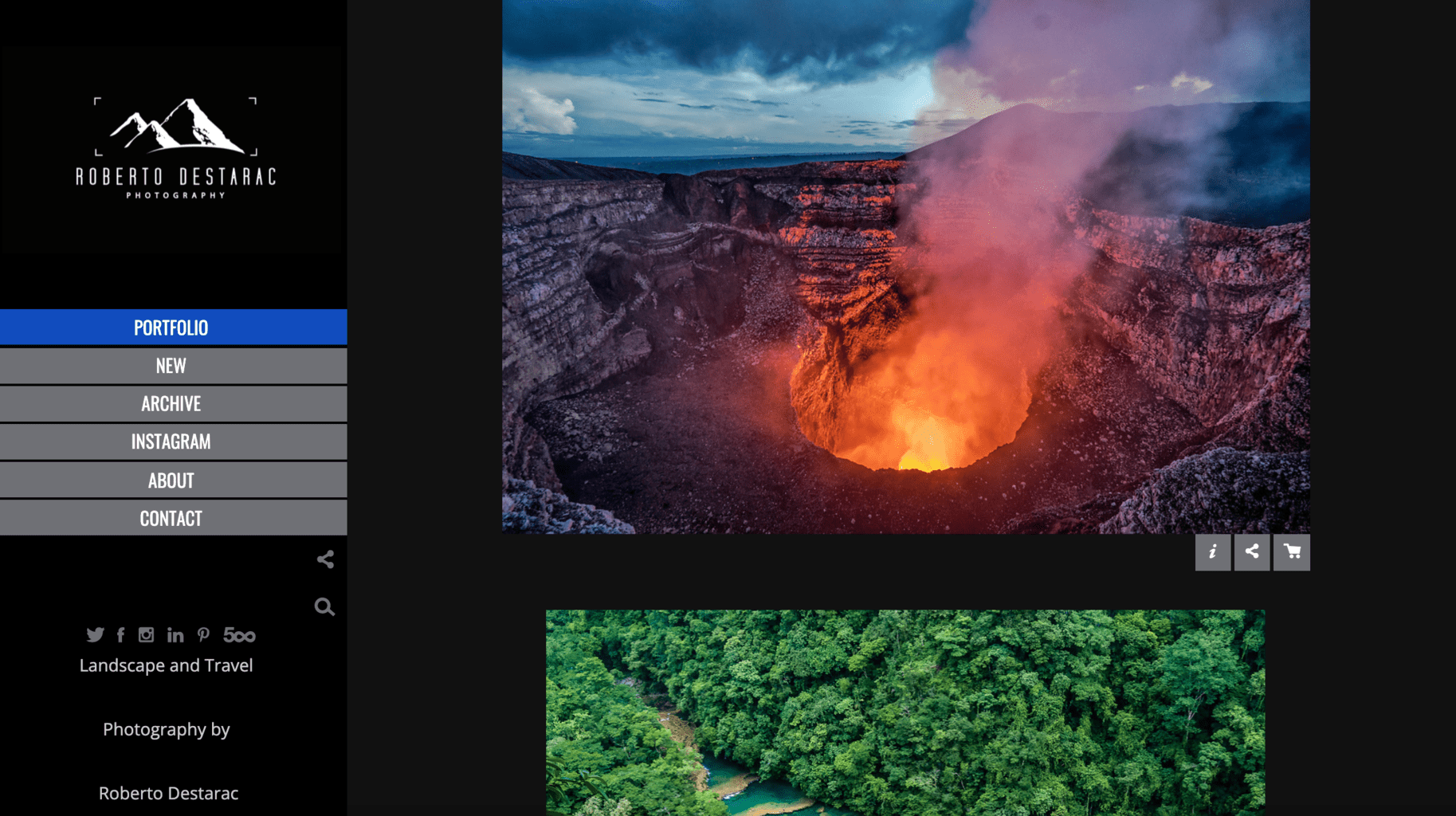Share
Honoring Hispanic Heritage Month with Guatemalan Photographer Roberto Destarac
When photography takes you back to the place you call home; when you can spend your days highlighting your own community and culture; when you’re...
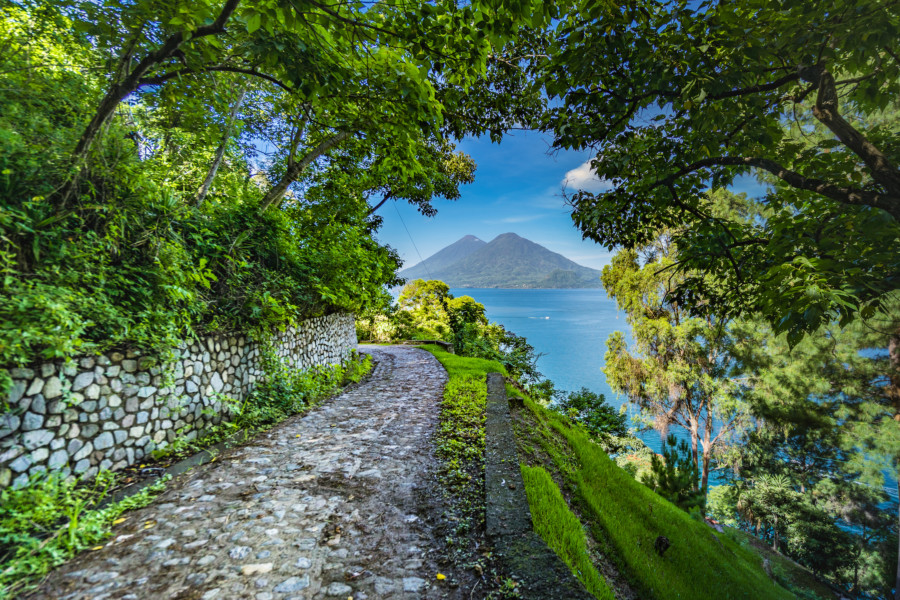
When photography takes you back to the place you call home; when you can spend your days highlighting your own community and culture; when you’re given the opportunity to witness the changing environment with your own eyes (and lens); that’s when you know you chose the right career.
Landscape, travel and fine art photographer, Roberto Destarac, was born and raised in Guatemala City, Guatemala. After being awarded a full scholarship by the Guatemalan government to attend college in New Mexico, he obtained a BSC in Geological Engineering from the New Mexico Institute of Mining and Technology.
“After school, I worked in the mineral exploration industry for many years and visited numerous remote locations throughout Latin America. It was during those journeys that I discovered my passion for photographing beautiful landscapes, locations and people.” – Roberto Destarac
We caught up with Roberto to learn about his experience growing up in Guatemala, what Hispanic Heritage Month means to him, how his background in geology and engineering impacts his photography, and more.
Cover image by Roberto Destarac
Tell us about your experience growing up in Guatemala and how photography has helped you connect with the people and the culture in your home country.
I find inspiration in my home country Guatemala with its diversity, both geographical and cultural. It has varied geographic features (highlands, volcanoes, beaches, forests, jungles, cities, etc.), and I always seem to have something new and exciting to shoot. But most of all, my inspiration comes from its people, with their traditions and culture based on our Mayan ancestry that never ceases to amaze me.
I’ve had the joy of capturing events and ceremonies not seen anywhere else globally, such as Easter in Antigua Guatemala, and the Giant Kites Festival in Santiago Sacatepéquez. Plus, I have collaborated with non-profit organizations capturing the process used to produce colorful traditional Mayan textiles in my series “MAYAN WEAVERS.” You can check them out in the STORIES tab on my website.
I now strive to continue traveling to other countries to find the same inspiration in their landscapes and people.
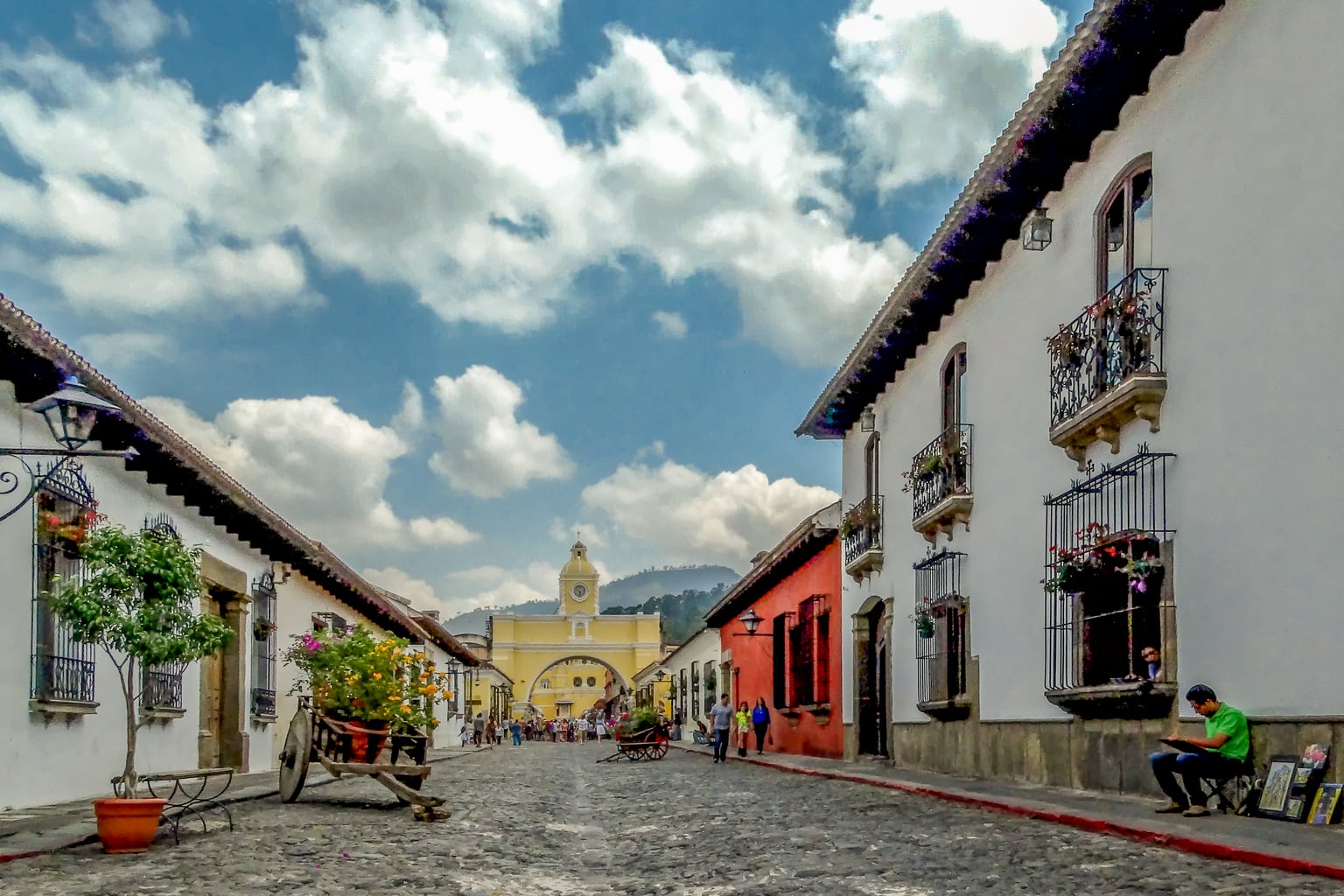
How did you get your start in photography?
I spent many years as a self-taught photographer with decent results until 2012 when I invested time and money in professional photography gear. I also attended a local photography school and online courses with expert photographers and teachers. With that, my technique improved considerably. My travels now had a vital photography component as I included visits to famous historical sites and spent lots more time shooting. As a result, I started producing high-quality photos that helped me gain more exposure and attention from local news media, photography competitions, and social media.
The bio on your website says you have a background in geology and engineering. How do those two things impact your photos?
Thanks to my geology and engineering work, I traveled to remote and unknown locations off the beaten path, which sparked my interest in photography. Geology helps me appreciate the natural features of our world, and engineering helps me understand the technical aspects of how light behaves and how to capture it.
Your Instagram is full of photos and video clips of the mountains and volcanoes in Guatemala. What draws you to that subject matter?
I’m drawn to that subject matter because of my geology background, which helps me appreciate those geological features and also helps me navigate to them effectively. Also, with its 23 volcanoes, Guatemala is known as the “Land of Volcanoes” so they’re everywhere and make for interesting shots.
Any interesting stories from traveling to those sites and documenting the latest movement/eruptions?
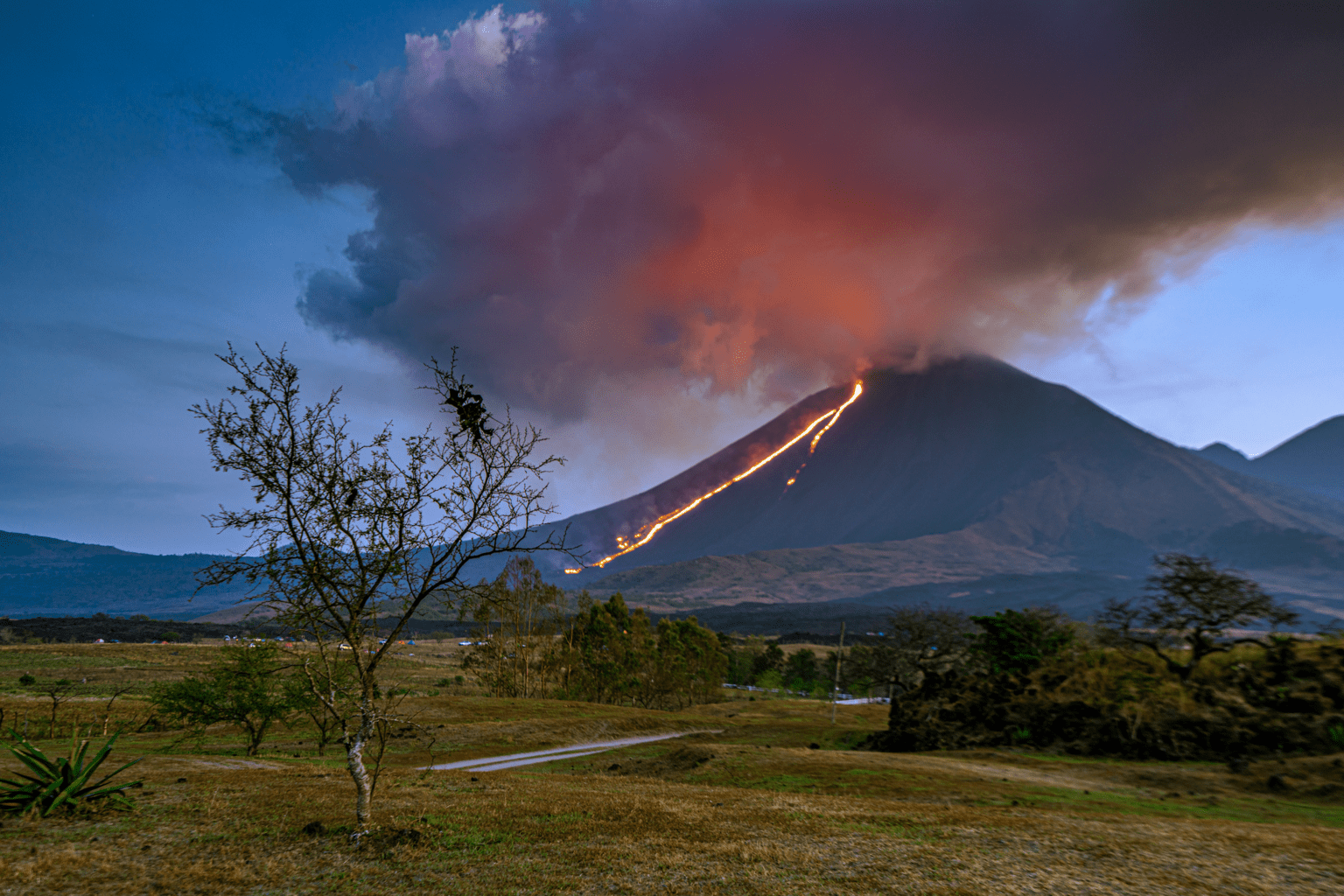
The Pacaya Volcano has been highly active this year with constant eruptions and long lava flows. To photograph it, I traveled there in early 2021 on three different occasions before sundown and before dawn. Still, I couldn’t get too close as the access roads around it were closed due to the danger posed by the eruption. I did get close enough to get some good shots with my long lens and drone, and I could feel tremors and hear the ground rumbling beneath me.
In March 2021, I collaborated with a local helicopter and charter airplanes company. I flew in the smallest and lightest motor aircraft available in Guatemala for a shoot around the Agua, Fuego, and Acatenango Volcanoes. I got fantastic footage from uncommon angles, but the Guatemala City airport was “closed” by fog when we tried to return. We had the option of landing without instruments and poor visibility or flying to the nearest airport. Fuel was a concern, so the pilot decided to land. It was a scary and bumpy landing, but all went well.
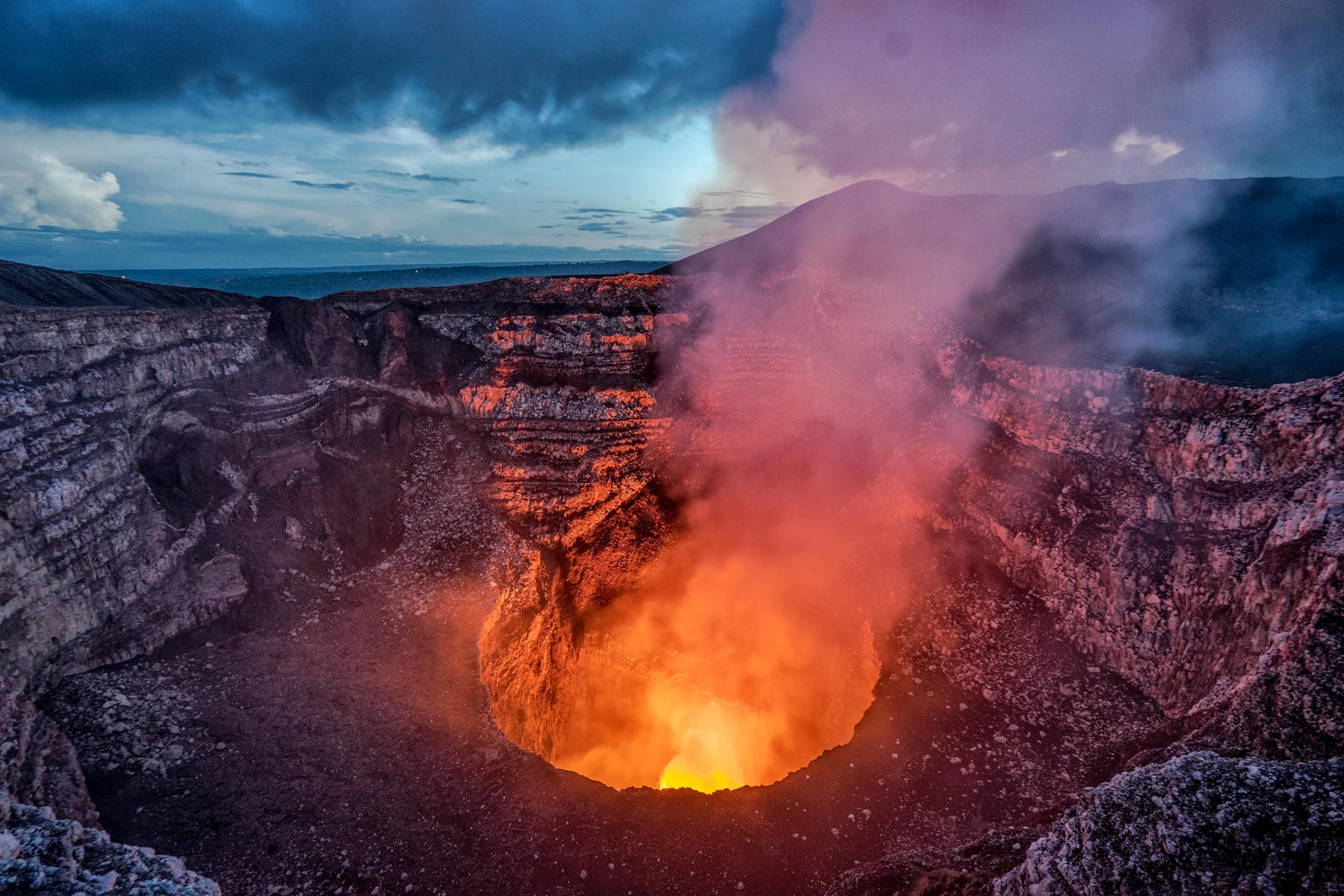
In Nicaragua, the Masaya Volcano Crater was known by the early Spaniards as “The Gates of Hell” because local natives made human sacrifices by throwing people into the flowing lava. For the night tour, you can see the lava at its maximum splendor, so I arrived at the gates of the National Park at 5 pm and waited for about two hours until they let me in. You can drive to the edge of the crater, where I got some fantastic photos from one of two lookouts where I set up my tripod right on the edge.
What does National Hispanic Heritage Month mean to you? How are you celebrating?
It’s a month-long reminder of our Latin history, culture, and contributions. September 15 is significant because it is the anniversary of independence for Central American countries Costa Rica, El Salvador, Guatemala, Honduras, and Nicaragua. This year was even more significant as all those countries observed the bicentennial of their independence.
Unfortunately, the COVID pandemic didn’t permit the usual celebrations, including parades and family gatherings. Still, I got to celebrate enjoying some traditional Guatemalan food with my close family.
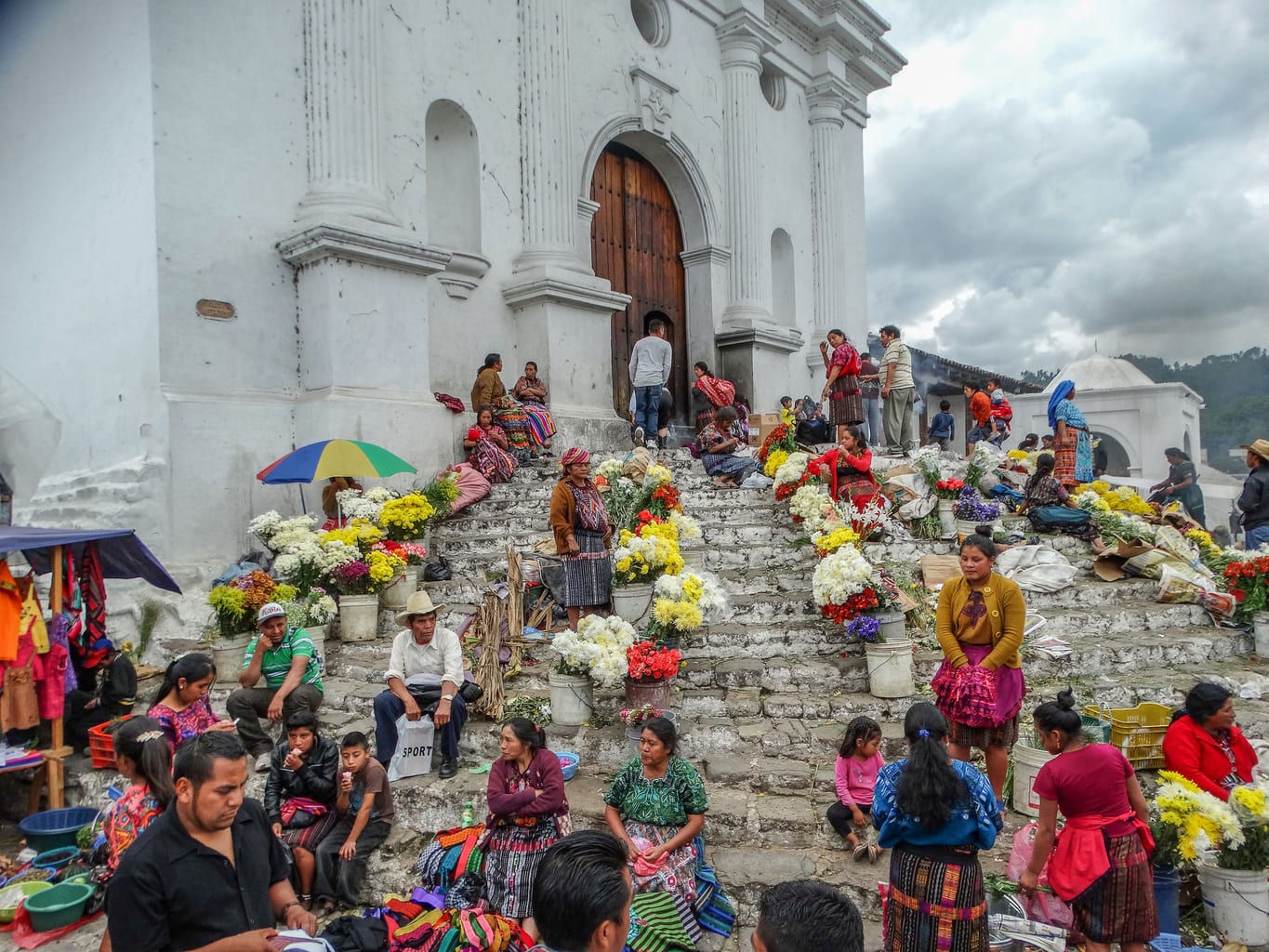
How long have you been using PhotoShelter? How does it help with your creative workflow and/or your photo business?
Since 2016, PhotoShelter has been home to my main website and portfolio and it’s my go-to site to promote my photography. It helps my creative workflow with the Lightroom plugin that lets me upload and apply changes directly to my website.
What’s your favorite PhotoShelter tool or feature that you use most often? I have several favorite features, but I most often use Client Proofing, Quick Send, and FileFlow.
If you want to see more of Roberto’s work, follow along on our Instagram as he shares a selection of photos this week in honor of Hispanic Heritage Month. Plus, Roberto is currently working on new landscape photos that will be uploaded to his PhotoShelter website in the next few weeks! Stay tuned for more.
